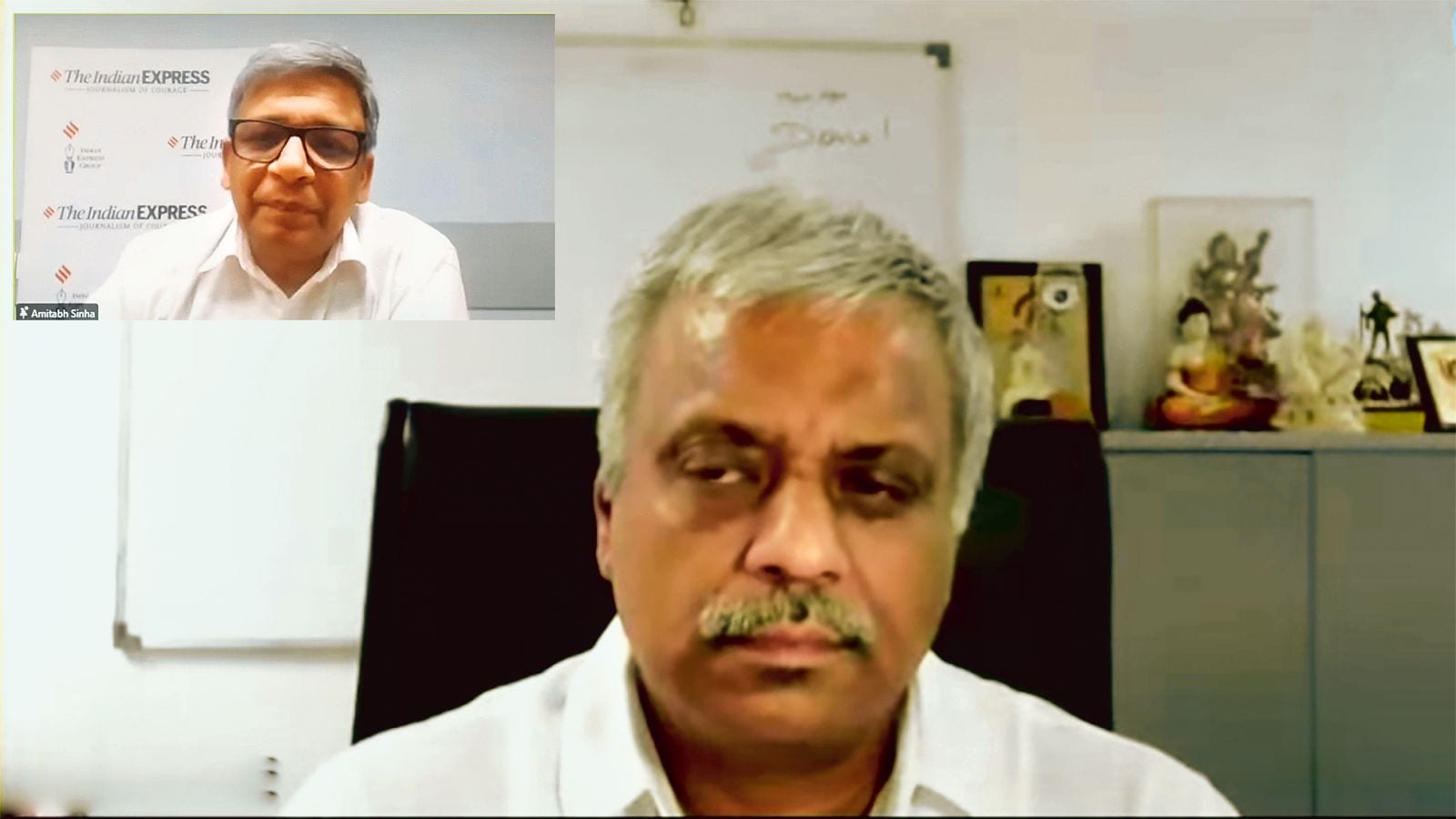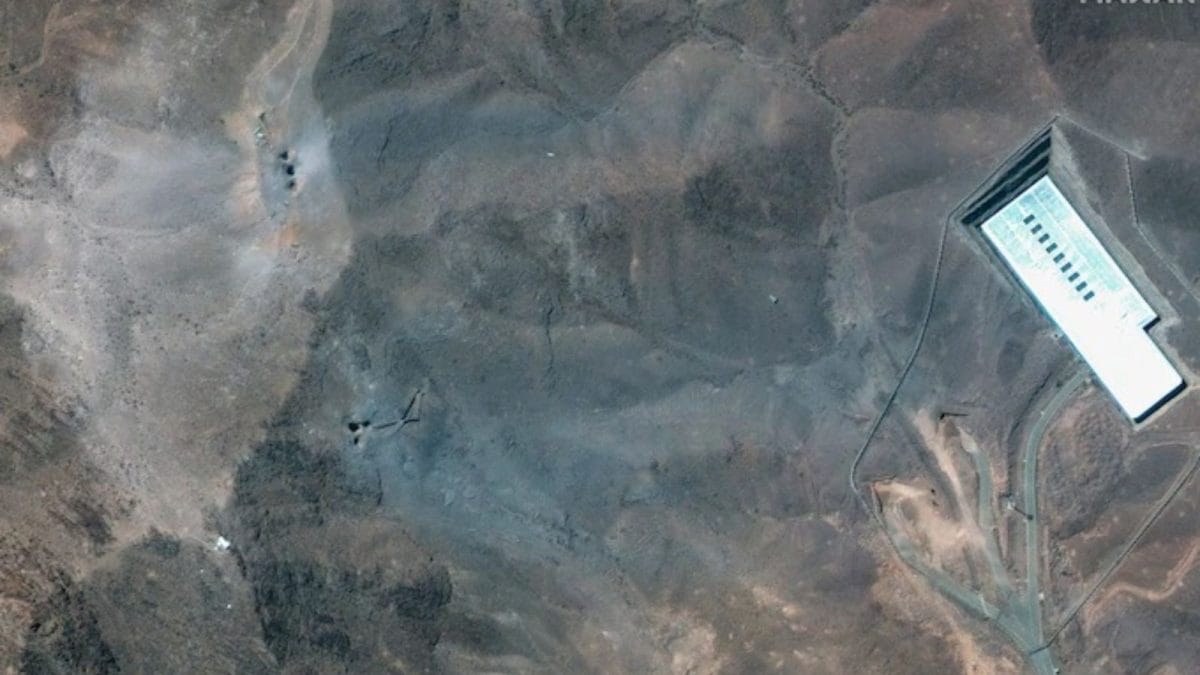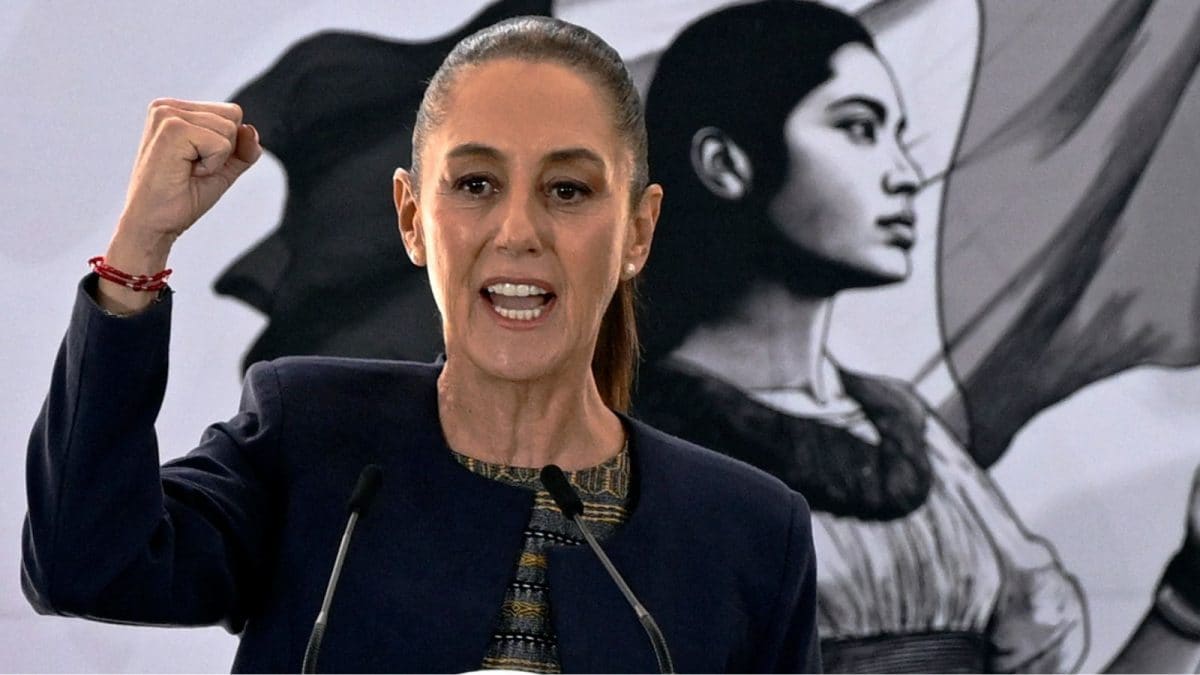Prime Minister Narendra Modi begins his five-nation tour with a historic visit to Ghana, marking a significant diplomatic milestone in India’s outreach to Africa. With trade, health, energy, and capacity-building at the forefront, the visit is poised to recalibrate bilateral relations that have spanned over seven decades.
Also Read: PM Modi embarks on 5-nation visit, says ‘India committed to BRICS’
During the two-day visit to Ghana, Mr. Modi will hold high-level talks with President John Dramani Mahama, address Ghana’s Parliament, and oversee the signing of several agreements across sectors, including health, agriculture, digital infrastructure, and defence.
Here are the key things you need to know about India-Ghana relations
How have India and Ghana collaborated on diplomacy and institutional frameworks?
India and Ghana share a diplomatic history that dates back to 1953, when India opened a representative office in Accra, formalising full diplomatic relations in 1957, the same year Ghana gained independence. Both nations are founding members of the Non-Aligned Movement, a group of states that are not formally aligned with or against any significant power bloc, and have historically stood together on issues of decolonisation and international solidarity. Over the decades, high-level visits from both sides have underscored the importance of this partnership.

Ghanaian leaders, including Kwame Nkrumah, Jerry Rawlings, and Nana Akufo-Addo, have visited India. President Pranab Mukherjee (2016) and former Prime Minister P.V. Narasimha Rao (1995) have travelled to Accra. The two countries have established structured mechanisms for dialogue, including the India–Ghana Joint Commission (established in 1995), which facilitates high-level discussions on various aspects of bilateral relations. Additionally, there is the Joint Trade Committee, which promotes trade and investment, as well as regular Foreign Office Consultations, which address diplomatic issues and foster mutual understanding.
These institutional frameworks have provided a steady foundation for policy coordination and development cooperation. Prime Minister Modi’s visit comes at a time when Ghana is under the newly inaugurated leadership of President John Dramani Mahama.
What defines India–Ghana economic relations?
Bilateral trade between India and Ghana stood at approximately USD 3 billion in 2023–24, forming a vital pillar of bilateral relations. India imports gold and cocoa from Ghana and exports pharmaceuticals, electrical goods, machinery, and automobiles to the West African country.
Ghana is a key destination for Indian pharmaceutical exports, which are critical to the country’s healthcare system. Ghana received a total of 6.52 lakh doses of Made-in-India COVID-19 vaccines, including six lakh through COVAX and 50,000 doses through a grant.
On the investment front, India is among the top investors in Ghana, with more than $1.2 billion channelled into sectors such as agro-processing, mining, manufacturing, construction, and ICT. Indian public and private sector participation has contributed significantly to Ghana’s industrial growth, a promising sign for the future of this economic partnership.
The bilateral trade relationship is complemented by concessional financing support from India, which refers to financial assistance provided on terms substantially more generous than market loans, including lines of credit and grants amounting to nearly USD 450 million. These funds have enabled major projects such as rural electrification programmes, sugar processing plants, and fish-processing units.
Several infrastructure projects in Ghana have been completed with Indian support, including the Jubilee House (the official residence and office of the President), Komenda Sugar Factory, and Elmina fish-processing facility. The Tema–Mpakadan railway project, one of the most significant India-funded infrastructure projects in Africa, serves as a symbol of this partnership, featuring a 300-metre bridge across the Volta River that connects Ghana’s eastern corridor to the port.
In which areas have the two nations collaborated on development and digital growth?
India’s development partnership with Ghana has spanned key areas, including infrastructure, ICT, education, and health. A landmark example is the Ghana–India Kofi Annan Centre of Excellence in ICT, inaugurated in 2003, which serves as West Africa’s foremost hub for IT education and research. India provided the technical support, hardware, software, and training that laid the foundation for this centre.

Additionally, Ghana has benefited from India’s Pan-African e-Network initiative, enabling telemedicine and tele-education services through Indian institutions. Under the Indian Technical and Economic Cooperation (ITEC) programme, over 1,100 Ghanaian professionals have received training in various sectors, including public administration and IT. The bilateral development partnership has been further enriched by India’s support to Ghana’s Electoral Commission, including donations of indelible ink and IT equipment for election management.
Also Read: NAM at 60 marks an age of Indian alignment



.png)
.png)
.png)
















 2 days ago
5
2 days ago
5








 English (US) ·
English (US) ·